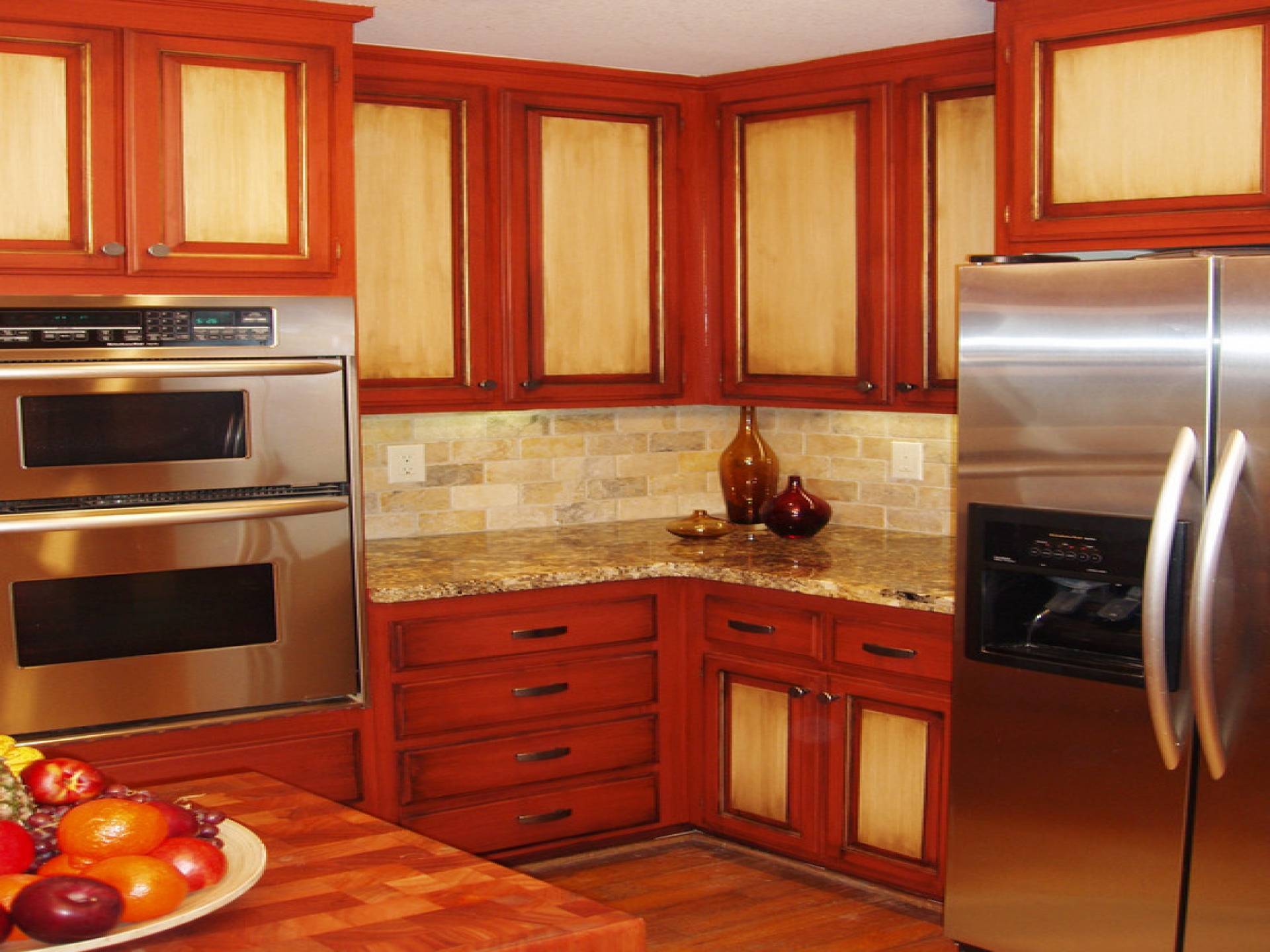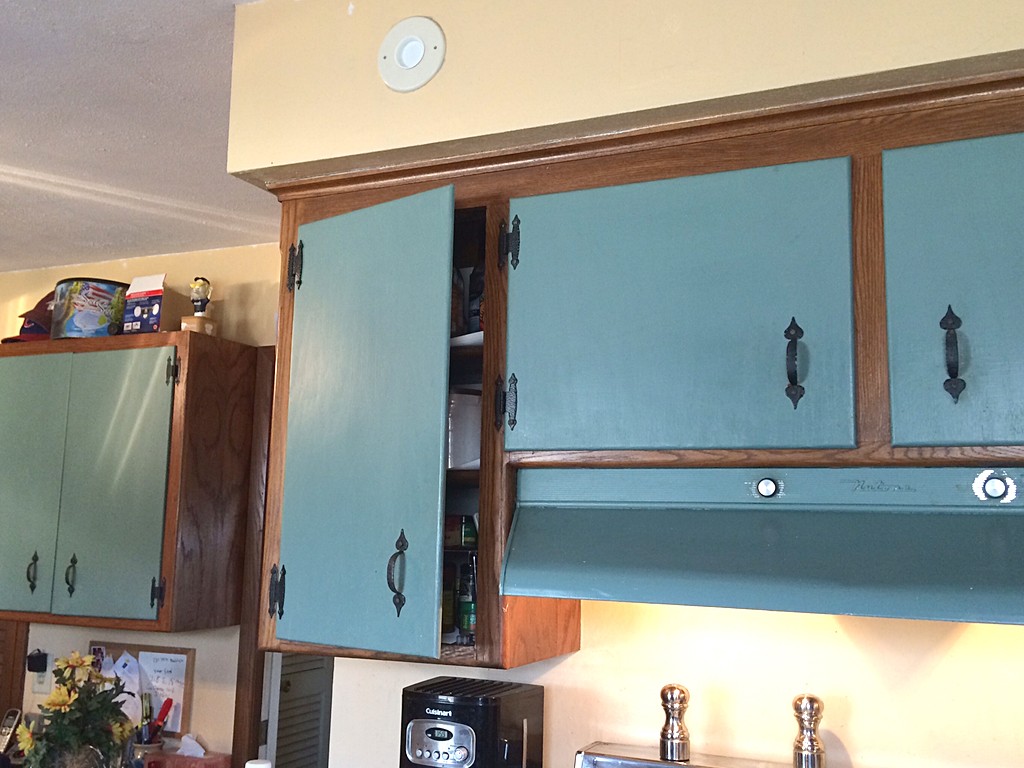Understanding Paint Grade Cabinet Doors

Paint grade cabinet doors are designed to be painted, offering a blank canvas for creating a custom look in your kitchen or bathroom. They are typically made from less expensive materials and have a smoother surface, making them ideal for achieving a uniform paint finish.
Differences Between Paint Grade and Stain Grade Doors
Paint grade and stain grade cabinet doors differ in their construction, materials, and intended finish.
- Paint grade doors are designed for a painted finish. They are typically made from less expensive materials like MDF, plywood, or particleboard and have a smooth surface to ensure a uniform paint application.
- Stain grade doors, on the other hand, are meant to showcase the natural beauty of the wood grain. They are usually made from higher-quality hardwoods like oak, maple, or cherry and have a more intricate grain pattern.
Materials Used for Paint Grade Doors
Paint grade doors are typically made from a variety of materials, each with its own advantages and disadvantages.
- Medium-density fiberboard (MDF) is a common material for paint grade doors due to its affordability, smooth surface, and ability to be molded into various shapes. However, MDF is susceptible to moisture damage and may not be as durable as other materials.
- Plywood is a more durable option than MDF, offering better resistance to moisture and warping. It is also more stable and less prone to chipping or denting. Plywood is often used for cabinet doors that require a higher level of durability.
- Particleboard is a less expensive option than MDF or plywood but is less durable and susceptible to moisture damage. It is often used for cabinet doors in less demanding applications.
Construction Techniques for Paint Grade Doors, Paint grade cabinet doors
Paint grade cabinet doors are constructed using various techniques to achieve a smooth, paintable surface.
- Veneers are thin sheets of wood that are glued to the surface of the door. Veneers can be made from a variety of woods, providing different grain patterns and colors. They help to create a more aesthetically pleasing surface and enhance the overall appearance of the door.
- Laminates are thin sheets of plastic or paper that are glued to the surface of the door. Laminates offer a variety of colors, patterns, and textures, making them a versatile option for creating a custom look. They are also durable and resistant to scratches, heat, and moisture.
- Edge banding is used to cover the edges of the door, providing a finished look and protecting the raw edges from damage. Edge banding can be made from wood, plastic, or vinyl, and it is often color-matched to the door’s surface.
Advantages and Disadvantages of Paint Grade Cabinet Doors

Paint grade cabinet doors offer a balance of affordability and customization, making them a popular choice for homeowners. They are generally less expensive than stain grade doors, and their smooth, uniform surface allows for a wide range of paint colors and finishes. However, it’s important to consider both the advantages and disadvantages before making a decision.
Cost-Effectiveness
Paint grade doors are typically more cost-effective than stain grade doors. This is because they are made from less expensive wood species and are often manufactured with a simpler construction process.
- The cost difference can be significant, especially for larger kitchens or projects involving multiple cabinets.
- For example, a set of paint grade cabinet doors for a standard kitchen might cost around $500, while a comparable set of stain grade doors could cost $1,000 or more.
Versatility
Paint grade doors offer unparalleled versatility in terms of customization and color options. The smooth, uniform surface of paint grade doors provides an ideal canvas for a wide range of paint colors, finishes, and even decorative techniques.
- You can easily change the look of your cabinets by simply repainting them.
- This allows you to update your kitchen or bathroom decor without having to replace the entire cabinetry.
Drawbacks
While paint grade doors offer numerous advantages, they also have some drawbacks.
- One of the primary concerns is their susceptibility to moisture damage.
- Paint grade doors are typically made from softwood species, which are more prone to warping or swelling when exposed to excessive moisture.
- It’s important to ensure proper ventilation and to avoid exposing paint grade doors to prolonged periods of high humidity.
- Another potential drawback is the possibility of imperfections in the surface.
- Paint grade doors are often made from less expensive wood species that may have knots, grain variations, or other imperfections that can be visible after painting.
- While these imperfections are generally minor, they can be noticeable in certain lighting conditions or with certain paint colors.
Choosing and Using Paint Grade Cabinet Doors

Choosing the right paint grade cabinet doors is essential for achieving the desired look and feel for your kitchen. The selection process involves considering factors such as style, aesthetics, and the specific needs of your project.
Selecting Paint Grade Doors for Different Kitchen Styles
The style of your kitchen will play a crucial role in determining the appropriate paint grade cabinet doors. Here are some considerations:
- Traditional kitchens often feature raised panel doors, which add a classic and timeless touch.
- Modern kitchens typically embrace sleek and minimalist designs, making flat panel doors a popular choice.
- Contemporary kitchens may incorporate a mix of styles, with options such as shaker doors or doors with unique hardware.
Preparing Paint Grade Doors for Painting
Proper preparation is crucial for achieving a smooth and durable paint finish. The following steps ensure a successful paint application:
- Sanding: Use fine-grit sandpaper to smooth out any imperfections or rough edges. This helps the paint adhere evenly and creates a seamless finish.
- Cleaning: Wipe down the doors with a damp cloth to remove dust, debris, and any residue. This ensures a clean surface for the primer and paint.
- Priming: Applying a primer is essential for providing a good base for the paint. It helps the paint adhere better, prevents staining, and ensures a consistent finish.
Painting Paint Grade Cabinet Doors
Painting cabinet doors requires precision and attention to detail. Here’s a step-by-step guide to achieve a professional finish:
- Prepare the Workspace: Choose a well-ventilated area with ample space to work. Lay down drop cloths or newspapers to protect the floor and surrounding surfaces.
- Apply Paint: Use a high-quality paint brush or roller for a smooth and even application. Apply thin coats of paint, allowing each coat to dry completely before applying the next.
- Let the Paint Dry: Allow the paint to dry thoroughly before handling the doors. Follow the manufacturer’s drying time recommendations for the specific paint used.
- Clean Up: Clean up any spills or splatters immediately to avoid staining. Dispose of paint supplies properly.
Paint grade cabinet doors are a great way to save money, but if you’re looking for something truly special, check out a teak wood crockery cabinet. The natural beauty of teak wood is unmatched, and it’ll add a touch of elegance to any kitchen.
But if you’re on a budget, paint grade cabinet doors can still be a great choice – just remember to choose a good quality paint for a durable finish.
Paint grade cabinet doors are like a blank canvas, ready for your personal touch! You can paint them any color to match your kitchen style, or even get creative with patterns and textures. If you’re looking for a stylish and functional option, check out the martha 2 door wall cabinet , it’s perfect for adding some extra storage space.
With paint grade cabinet doors, the possibilities are endless, so let your creativity run wild!
